Understanding Fertilisers
All plants require nutrients for their growth and other functions. Fertilisers are applied to the soil to increase fertility so that the plants can grow vigorously and reproduce.
Get to know the different type of fertilisers, their advantages and disadvantages and when to apply them in your home garden.
Macro and Micronutrients
Macronutrients and micronutrients are essential for plant growth. Macronutrients such as Nitrogen (N), Phosphorus (P) and Potassium (K) are required by the plant in relatively large amounts while micronutrients like Iron (Fe), Copper (Cu), Zinc (Zn), Boron (B), Molybdenum (Mo) and Manganese (Mn) are needed in smaller amounts.
|
Nitrogen |
Promotes growth of leaves of the plant |
|
Phosphorus |
Promotes the formation of lateral and fibrous roots Promotes flowering Increases the strength of plant stems |
|
Potassium |
Promotes formation and enlargement of fruits Increases disease resistance |
If such nutrients are not adequate, adding fertilisers in the soil or growing media will help the plants to obtain them.
Types of Fertilisers
Fertilisers are classified as complete and incomplete and usually distinguished by the series of three numbers on the labels on their packs, like 14-14-14 or 16-20-0. These three numbers represent the value of the Nitrogen (N), Phosphorus (P) and Potassium (K) ratio of each pack, in which the higher the number the more concentration of nutrients in the fertiliser.
Complete fertiliser contains these three primary nutrients of NPK and usually comes in the form of granules or pellets. Incomplete fertilisers supply only one or two of the primary nutrients and is available often in the form of soluble crystals.
How to Identify Fertilisers?
Organic fertilisers come from only plant or animal products or by-products such as chicken manures, leaves and compost. Generally, most organic fertiliser will be darker coloured and in the form of powders, granules or of uneven texture.
Inorganic or synthetic fertilisers are produced artificially and come from sources other than animals or plants. They usually contain mineral and chemical products. Since they are manufactured, they are available in various forms such as granular white crystalline, granular colourless or coloured crystalline.
Advantages and Disadvantages
|
Organic fertiliser |
Advantages |
Disadvantages |
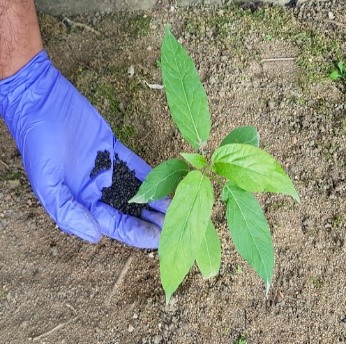 |
Release nutrients gradually (Prevents over fertilisation which is harmful to plants) Improves the structure of the soil and increases its ability to hold water and nutrients Little to no risk of toxic build-ups of chemicals and salts that can harm the plants Renewable, biodegradable, sustainable, and environmentally friendly |
Nutrient ratios are often unknown, and the overall nutrient percentage is lower than chemical fertilisers May attract pests and diseases It takes time for the nutrients to be supplied to the plants and improvements to the plant may take more time |
|
Inorganic fertiliser |
Advantages |
Disadvantages |
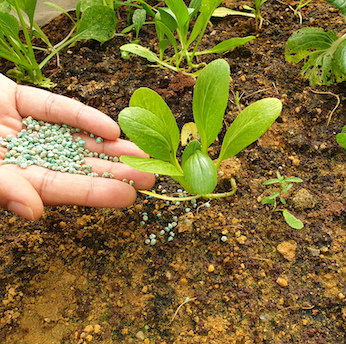 |
Nutrients are available to the plants immediately and improvements can occur in days Highly analysed to produce the exact ratio of nutrients desired Standardised labelling makes ratios and chemical sources easy to understand Relatively inexpensive |
Chemical fertilisers are made from non-renewable resources such as fossil fuels They help plants grow but do nothing to improve soil structure Chance of over fertilisation if used wrongly. This can not only kill the plants but upset the entire ecosystem. Chemical fertilisers tend to leach or filter away from the plants, requiring additional applications. Toxic build-up of chemicals and salt |
Before you apply fertiliser, you should have your soil tested to determine what type of fertiliser your soil needs. Your plants may also show visual clues (symptoms) that aid in determining the nutrient deficiency.
Common Symptoms of Nutrient Deficiency
|
Nitrogen (N) |
Phosphorus (P) |
Potassium (K) |
|
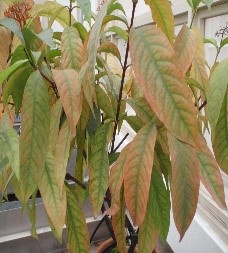
|
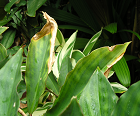
|
|
Magnesium (Mg) |
Iron (Fe) |
Boron (B) |
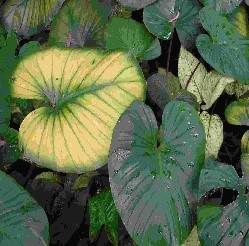
|
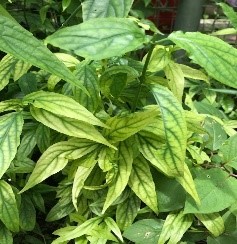
|
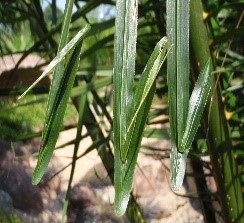
|
Learn how to make your own fertiliser and pesticide here.
Gardeners’ Day Out Is Back!
Participate from the comfort of your home with online activities such as talks and demonstrations, video tutorials of activities and promotions offered. Free guided tours will also be offered on site (with safe management measures). Enjoy Gardeners’ Day Out online at www.nparks.gov.sg/GDO.
You can also enjoy our Gardening With Edibles Masterclass Series from your home. They are conducted by NParks horticulturists, focusing on unique and challenging edibles across different plant families.
CIB Awards 2021
The Community in Bloom (CIB) Awards recognises excellence in gardening efforts by community groups and aims to encourage community gardeners to improve the standards of their gardens while continuing to enjoy gardening as a fun and healthy activity.
This year, the CIB Award focuses on community gardens in schools and organisations, as well as a new category of indoor gardens. Click here for more information.
Gardening with Edibles
The City in Nature vision seeks to bring greenery closer to all residents. The community plays a key role in the ownership and stewardship for nature which will benefit our health and well-being.
NParks is partnering residents to make Singapore our City in Nature and spark a love for community gardening through the Gardening with Edibles initiative launched in June 2020. Under this programme, some 400,000 free seed packets have been distributed to interested members of the public. Relevant resources are also available online, to guide gardeners along the way.
Also, NParks is expanding the allotment gardening scheme and the Community in Bloom programme, to welcome even more residents into the gardening family.
The Gardening with Edibles initiative is aligned with Singapore’s national strategy to strengthen our food resilience. The “30 by 30” goal, led by the Singapore Food Agency, aims to produce 30% of Singapore’s nutritional needs locally by the year 2030. The programme is jointly funded by founding partners DBS Bank and Tote Board through the Garden City Fund.
Learning More
If you are a gardening newbie, visit NParksSG, our refreshed YouTube Channel that serves as a one-stop repository for close to 300 video resources. It covers topics ranging from types of soil needed for your garden and how to plant, harvest and even cook your edibles.
How can you make your garden more welcoming to bees? Learn more here.
Keep your garden safe from attack by insect pests. Learn more about five such common pests of edible plants here.
How can you make your garden more welcoming to bees? Learn more here.
Learn more NParks’ Plant Health Services whose work helps keep Singapore safe from the incursion of exotic plant pests.
For more information about the flora and fauna found in Singapore, please visit Flora and Fauna Web.
If you like what you read, follow us on Facebook, Instagram and Telegram to get the latest updates.
Text from Plant Science and Health Branch


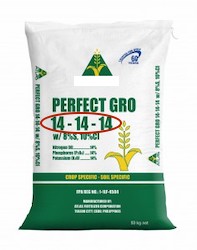
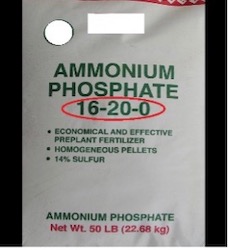
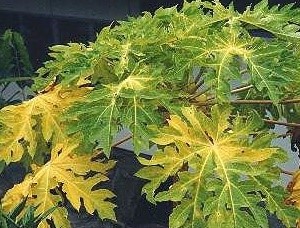
_jeanne-tan.ashx)
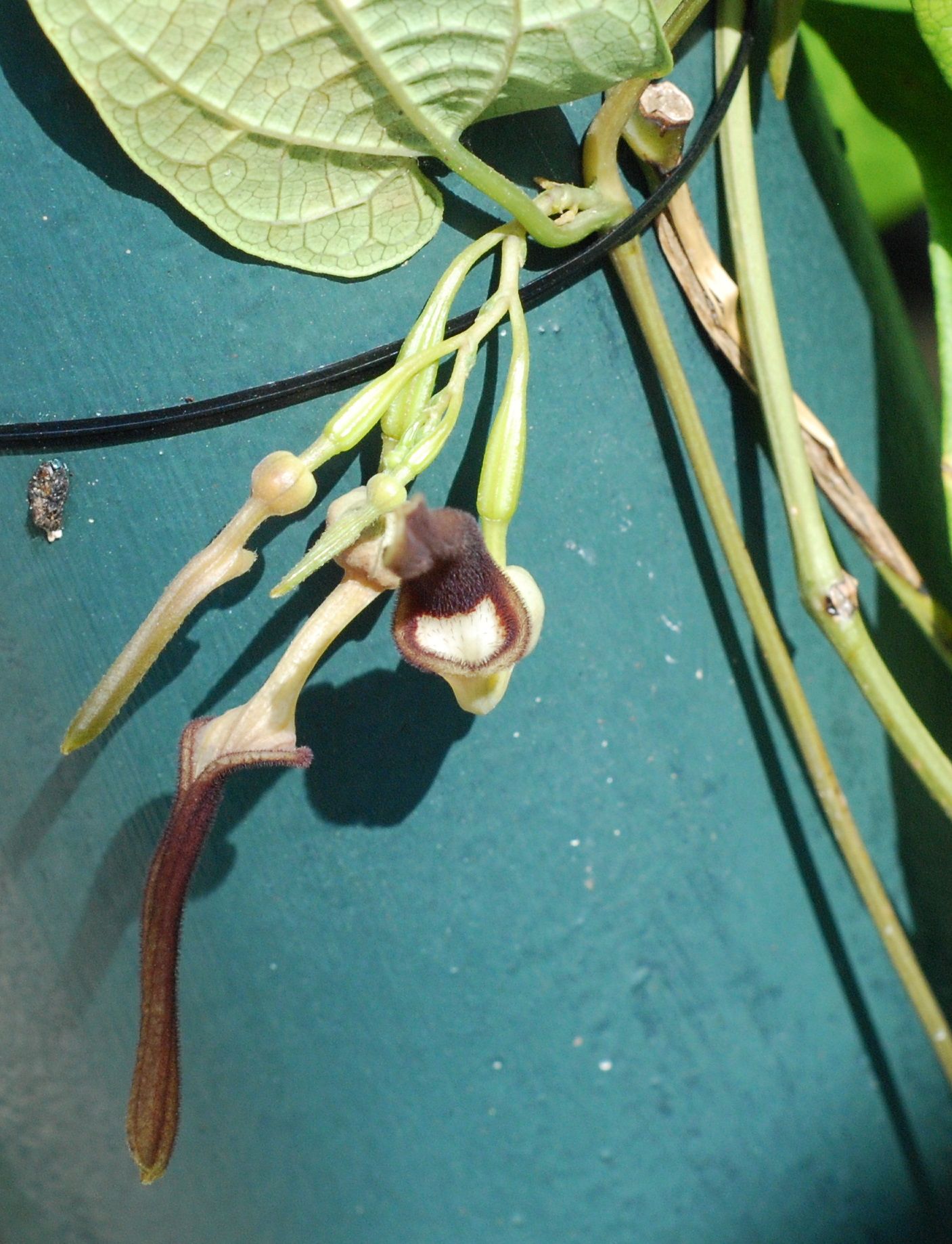

Have views or comments on this article? Let us know via this form. If you would like to give us feedback on any other areas relating to our parks and gardens, please submit via https://www.nparks.gov.sg/feedback